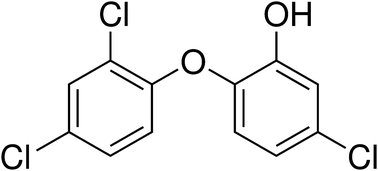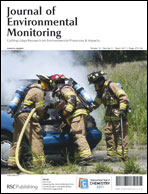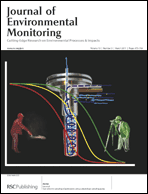Ned Stafford, Hamburg, Germany
As workers battle to cool down damaged Fukushima Daiichi nuclear power plant reactors after the devastating earthquake and tsunami that struck Japan on 11 March, the potential environmental impact from the release of radioactive material remains uncertain. Already political fallout from the disaster has spread to Europe and will no doubt have a lasting impact on nuclear power policy and research funding.
Four days after the earthquake, German chancellor Angela Merkel announced that seven nuclear power plants, that began operating before 1980, will be shut down for safety review until at least June. The closures reverse a controversial decision made last year by Merkel’s coalition government to extend the life of older nuclear power plants. And France, where nuclear power provides 80 per cent of total electricity supply, announced safety tests on its 58 reactors.
Francis Livens, research director at Dalton Nuclear Institute at the University of Manchester, UK, told Chemistry World that the global impact of the damaged Fukushima Daiichi power plant depends on how the situation develops. ‘If the situation gets no worse and everything is brought back under control over the next few days, then there will be an argument that the reactors did their job,’ he says. ‘If the situation deteriorates further, then it will depend on just what the end result is, so one can’t say at this point. However, I would be astonished if public perception of nuclear power as a risky technology hasn’t increased.’

Radioactive contamination by the nuclear reactor problems at Fukushima Daiichi nuclear power plant are not as serious as Chernobyl
Mats Jonsson, head of nuclear chemistry at the Royal Institute of Technology in Stockholm, says: ‘From what we have seen so far, this situation will initiate discussions and debates concerning the safety of nuclear power in Europe and in the rest of the world. My guess is that chemistry, as well as related research fields, could switch from chemical problems in new reactor types and reprocessing, to issues more related to safety and the environmental impact of nuclear energy.’
Some experts fear the severity of the Fukushima Daiichi accident could approach the level of the Chernobyl nuclear plant disaster in the Ukraine. In April 1986 during a routine systems test a power surge followed by an attempted emergency shutdown triggered a series of explosions and the release of radioactive fallout over a large area. Yoshihito Watanabe, a chemist and vice president at Nagoya University in Japan, tells Chemistry World that, thus far, ‘radioactive contamination by the nuclear reactor problems are not so serious.’
Depending on the outcome of the attempts to cool down Fukushima Daiichi nuclear power plant, the major problem now is the physical damage from the earthquake and tsunami, he says. Toyota, Honda, and other automotive manufacturers have had to stop production due to automotive part shortages and Tohoku University in Sendai suffered major damage to research facilities. It is far too early to speculate what the effect might be on Japanese research, he says, adding: ‘The first priority for the government to consider right now is how to support the recovery of the earthquake area, including the lifeline, construction of houses, reconstruction of factories, offices and so on.’
The future for nuclear power policy in Japan also remains uncertain, he says. ‘Currently, people even who are against the nuclear power policy are quiet on this issue, because so many people are working hard to stop the current troubles at Fukushima Daiichi nuclear power plant under very dangerous and risky conditions.’
The Japanese people are highly appreciative of the global outpouring of support and sympathy in the wake of the earthquake, he says, adding that the embattled nation will persevere.
Comments Off on Uncertainty for nuclear power














 This month’s issue sees contributions from 3 of our
This month’s issue sees contributions from 3 of our  The other HOT article highlighted on the cover is from Martin Harper and colleagues from
The other HOT article highlighted on the cover is from Martin Harper and colleagues from  Well now we have a lobbying tool – cold, hard facts. Researchers from the
Well now we have a lobbying tool – cold, hard facts. Researchers from the 